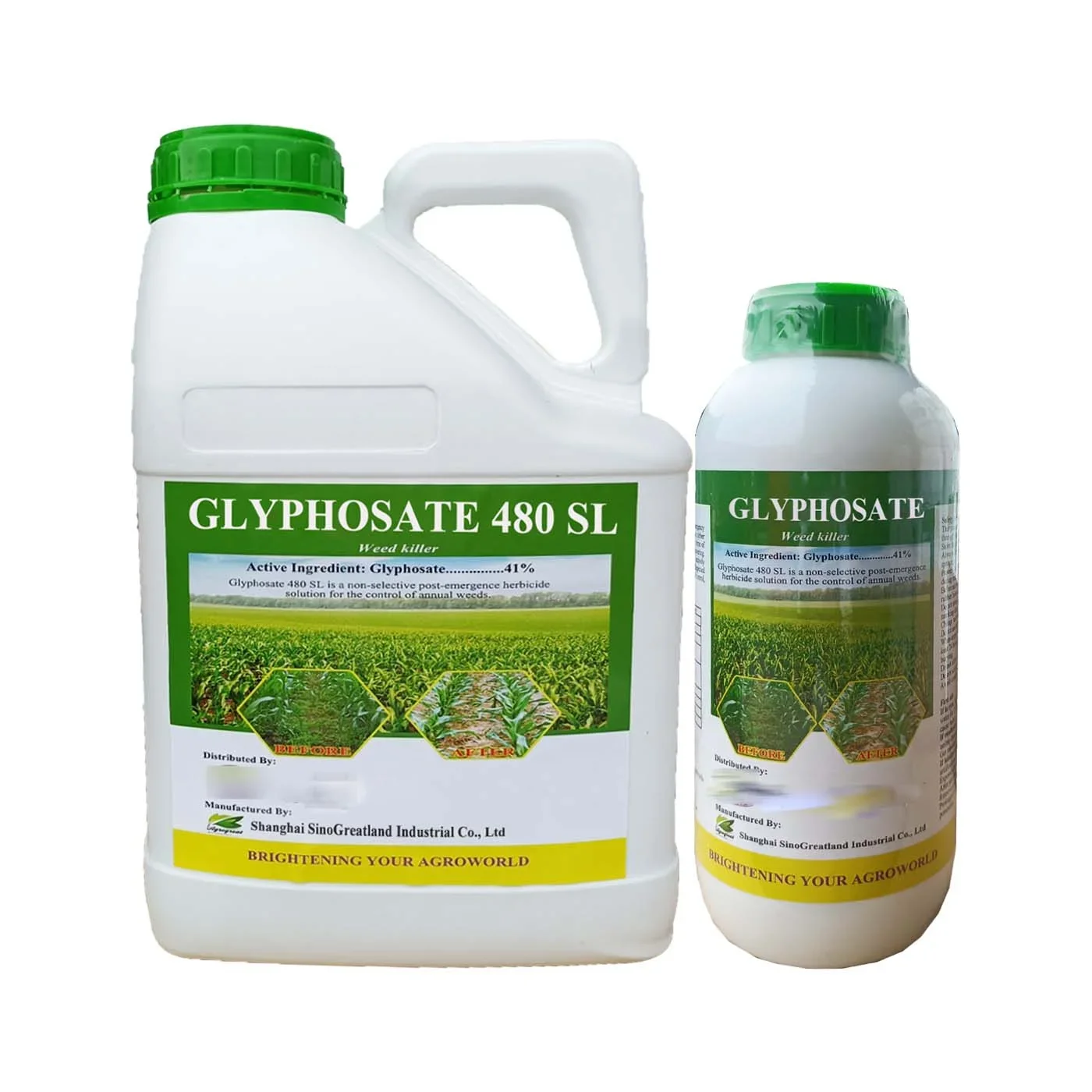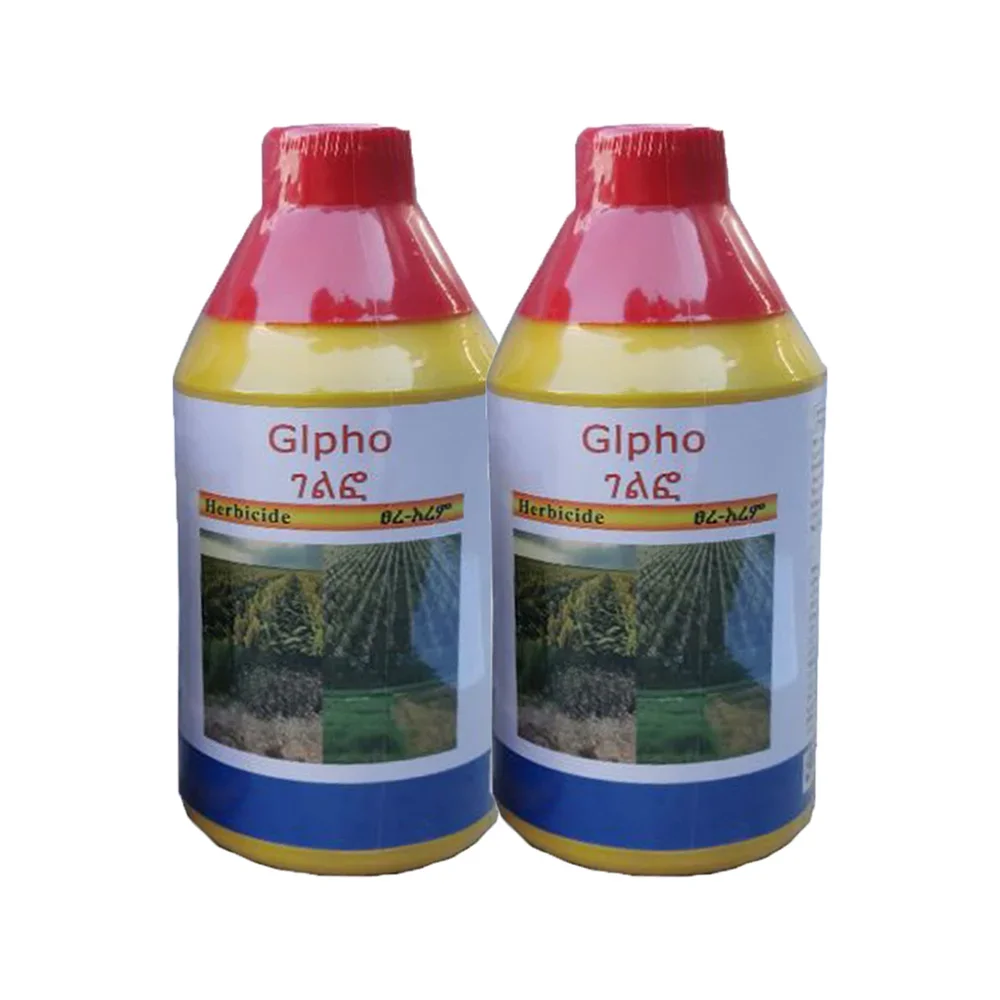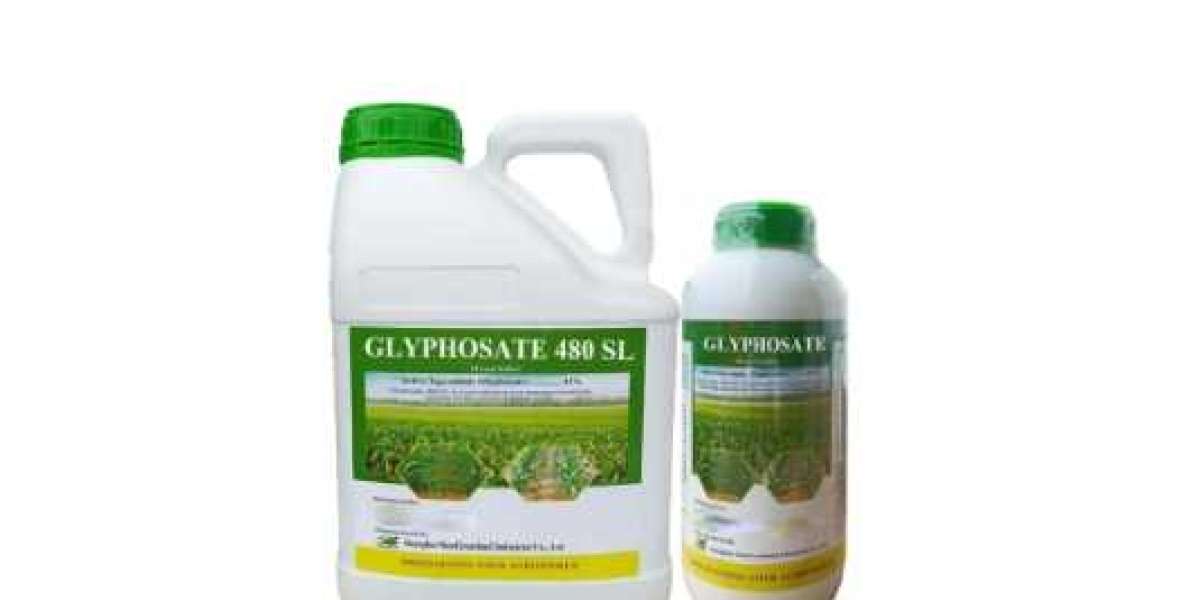Glyphosate herbicide, commonly known as "Roundup," has long been a controversial topic in agriculture and environmental protection. As one of the most widely used herbicides in the world, it is vital that farmers, gardeners and landowners understand how to use glyphosate correctly to maximize its benefits while minimizing potential risks. In this article, we’ll take a closer look at the proper use and safety of glyphosate herbicide.
Learn about Glyphosate Herbicide
Glyphosate is a broad-spectrum herbicide that effectively controls unwanted vegetation by inhibiting enzymes necessary for plant growth. Mainly used to control weeds in farmland, gardens and non-crop areas. Glyphosate herbicides are popular for their effectiveness, versatility and ease of use. However, glyphosate must be handled with care to ensure its safe and effective use.

Safety instructions for using Glyphosate Herbicide
Personal Protective Equipment (PPE):
When handling glyphosate herbicides, it is important to prioritize personal safety. Wear appropriate personal protective equipment, including long-sleeved shirts, long pants, chemical-resistant gloves, goggles, and boots. These measures prevent skin or eye contact with herbicides.
Mixing and diluting:
Carefully follow the manufacturer's instructions when mixing and diluting glyphosate herbicide. Use a clean container and never mix more than recommended. Avoid inhaling the herbicide or allowing it to come in contact with skin during mixing.
application time:
Choose the right time to apply glyphosate herbicide. It is best to apply when the target weeds are actively growing and healthy. Avoid use in windy conditions as this may cause unexpected drift and off-target damage.
Equipment calibration and maintenance:
Make sure your spray equipment is properly calibrated to ensure accurate application rates. Check and maintain your equipment regularly to avoid any leaks or malfunctions that could lead to over-application or uneven coverage.
Application Technology Of Glyphosate Herbicide
Spot treatment:
For localized weed control, use spot treatment techniques. Apply glyphosate herbicide directly to target weeds using a sprayer or handheld applicator. This approach minimizes the risk of affecting nearby desirable plants and reduces the use of herbicides.
Spread:
Broadcast spraying is suitable for weeding large areas. Use a sprayer with the appropriate nozzle to evenly cover the target area. Maintain a consistent walking speed and spray height to ensure even coverage and avoid over-application.
Drift management:
Glyphosate herbicides can drift and affect non-target plants or bodies of water. To minimize drift, choose low-drift nozzles, adjust pressure and boom height, and avoid spraying in windy conditions. Create buffer zones or use physical barriers to protect nearby sensitive areas.

Environmental Considerations for Using Glyphosate Herbicide
Protect pollinators:
Glyphosate herbicides can be harmful to pollinators such as bees and butterflies. Avoid spraying near blooming flowers or when bees are actively foraging. Consider alternative weed control methods in areas with high pollinator activity.
water proof:
If glyphosate enters runoff, it can contaminate water bodies. Avoid spraying near open water sources and use caution when using glyphosate on sloping or highly erodible soils. Consider using alternative herbicides or mechanical methods in areas prone to runoff.
Integrated weed management:
Glyphosate should be part of an integrated weed management approach that combines a variety of weed control methods, including cultural practices, crop rotation and mechanical weeding. This approach reduces reliance on herbicides and minimizes the chance of developing herbicide-resistant weeds.
Conclusion
When used correctly and responsibly, glyphosate herbicides can be a valuable tool in weed control. By following safety precautions, using proper application techniques and considering environmental impacts, users can ensure effective weed management while minimizing potential risks. Remember, before using any herbicide, including glyphosate, always read and follow the manufacturer's instructions to achieve best results while protecting our environment for future generations.
AGROGREAT GROUP is one of the most professional pesticides manufacturers in China. And the products mainly include herbicides,fungicides, insecticides and plant growth regulator. and including the formulation type SL, EC, SC, FS, WP, WDG, CS, SP and so on.
Welcome to contact us or browse our website, and find you need.
Email:lisa.chen@agrogreat.com
Website:www.agrogreat.cn








